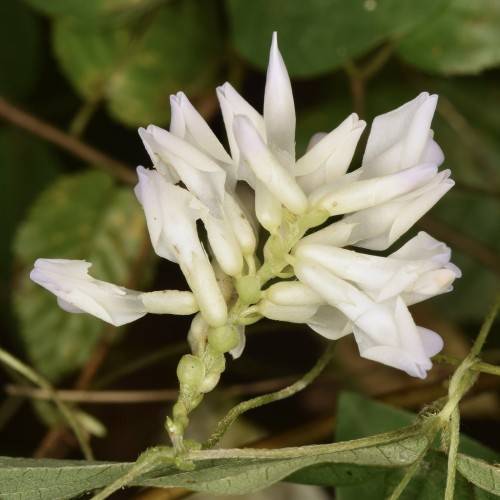
American Hog Peanut
Amphicarpaea bracteata
Watering:
Frequent
Hardiness Zone:
Flowers:
Flowers
Sun:
Sun
Soil:
Sand
Leaf:
Yes
Growth Rate:
Low
Drought Tolerant:
Yes
Salt Tolerant:
Yes
Thorny:
Yes
Invasive:
Yes
Care Level:
Moderate
watering
American Beachgrass (Ammophila breviligulata) should be watered once per week during the summer, although in hotter climates the frequency may need to increase to once every 4 to 5 days. During the fall and winter, allow the top 1 to 1.5 inches of soil to dry out between waterings. Give the plant enough water to moisten the soil without waterlogging it. Avoid overhead watering whenever possible, and take extra caution to water the beachgrass near the base and not near the foliage. Watering should be done in the morning or evening to minimize evaporation.
sunlight
American Beachgrass (Ammophila breviligulata) thrives in full sun conditions. It typically requires at least 6-8 hours of direct sunlight per day and prefers the temperatures in full sun exposures. While it will survive in shady parts of a garden, its growth is usually stunted and it may not flower as well in those conditions. In areas where the summers are particularly hot, it is recommended to provide some light afternoon shade.
pruning
American Beachgrass should be pruned twice a year, in spring and fall. In the spring, prune the old grass back to about 6 inches to promote new, healthy growth. During the fall, prune back the new growth to 3 to 4 inches long. Without any additional trimming, American Beachgrass can become dense and overly thick. Taking away excess height and width helps to maintain an attractive growth rate and structure. Removing both the old and new growth helps American Beachgrass grow in a more uniform and controlled manner.
